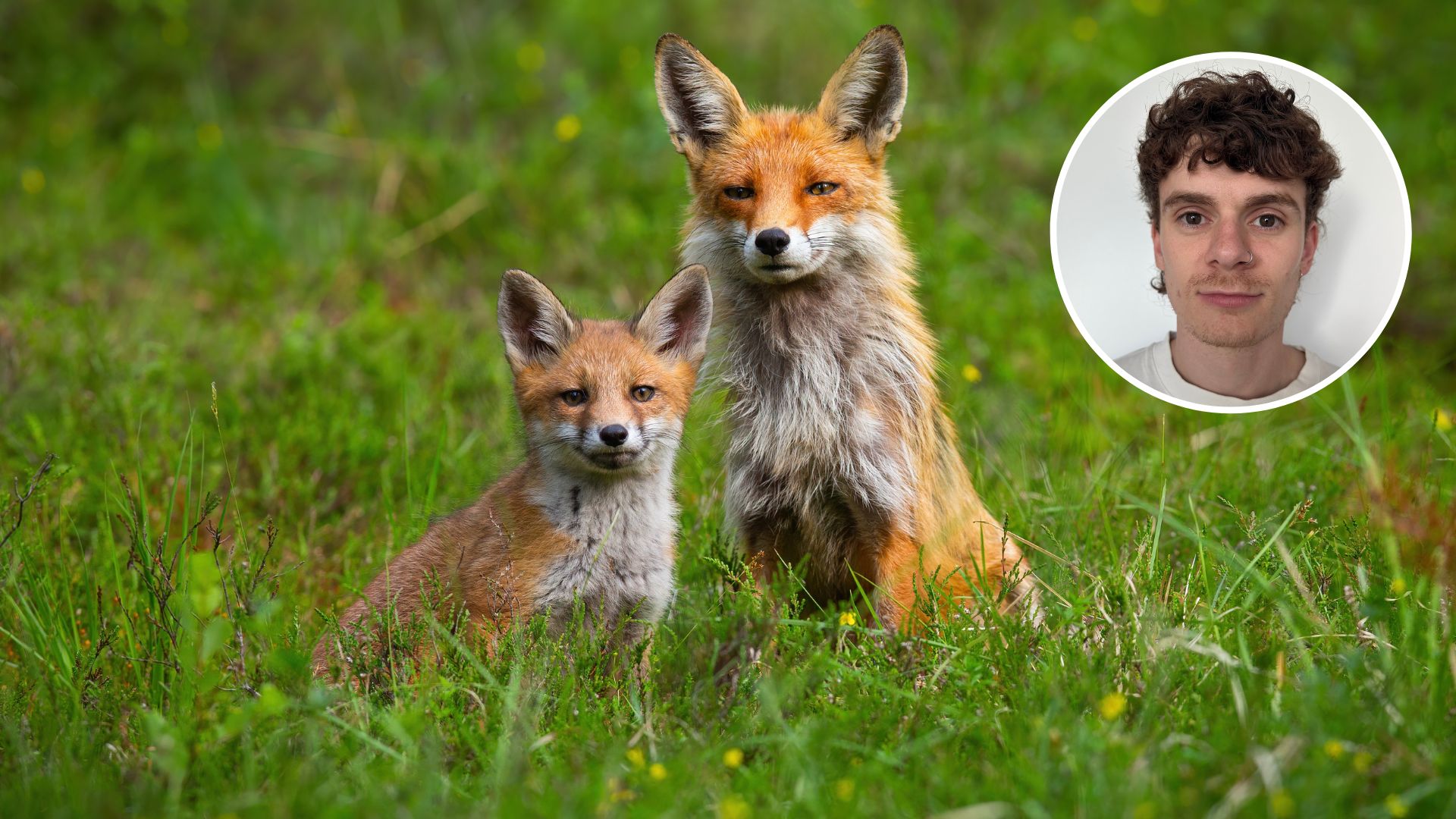A theory has been devised, and featured in the Trends in Ecology and Evolution journal, about how prey are learning about predation both individually and socially.
By Charles Sturt’s Gulbali Institute for Agriculture, Water and Environment Postdoctoral Research Fellow Dr Eamonn Wooster in Albury-Wodonga.
Where did the idea for the research come from?
I spent my PhD studying the behaviours red foxes use to avoid being eaten by dingoes. We thought that red foxes would be fearful where dingoes were most active. While we found that in some contexts, in others, foxes were not responding with appropriate levels of caution given the risk they were facing.
This led me to expand my worldview and think about how foxes and other prey species may be learning from their previous experiences or those of their friends and family, to ensure that they know how respond to risk.
While we never tested these ideas, I found ample support for the ideas that prey is learning about predation both individually and socially in the literature. I had never really thought about the extent of learning in shaping predator-prey interactions and thought this was a novel perspective worth sharing.
What were the main findings of the research?
We reviewed the emerging research that explores how animal cognition and culture shapes interactions between predators and prey. While these disciplines are rarely studied together, we found significant evidence that cognition and culture are shaping the interactions.
Both predators and prey are learning from their previous experiences with predation and changing their behaviour based on these experiences to improve their chances of survival.
We even found evidence that both predators and prey are sharing the lessons they learn and the problems they solve with their friends and family and that they can improve their chances of survival after acquiring social knowledge.
What are the implications of these findings?
Predator-prey interactions are foundational to ecosystems. They regulate vegetation communities, nutrient cycling, disease transmission and even the climate.
Preserving them is crucial to maintain ecosystems in a rapidly changing world. We present an important novel perspective that highlights that the inner-lives of animals are important to ecosystems.
We highlight that if we are to preserve these interactions, we must be aware of the human influence on the cognition of animals and that the culture of animals is an important unit of nature worth conserving.
What is the significance of being included in the Trends in Ecology and Evolution journal?
Trends in Ecology and Evolution (TREE) is the highest ranked journal in Ecology. TREE only publishes reviews and opinions, meaning that they only work in the realm of ideas and not data.
Having a paper published in TREE means that your work is on the cutting edge of the discipline and is a great honour.
Having our research on the importance of animal cognition and culture to predator-prey interactions published in TREE gives a great voice to these ideas and consolidates them as important to future ecological research.






Social
Explore the world of social